Carbon Monoxide Detector
We are passionate about what we do
Talk to us. We'd like to work with you.
Carbon Monoxide Detector
CO Detector
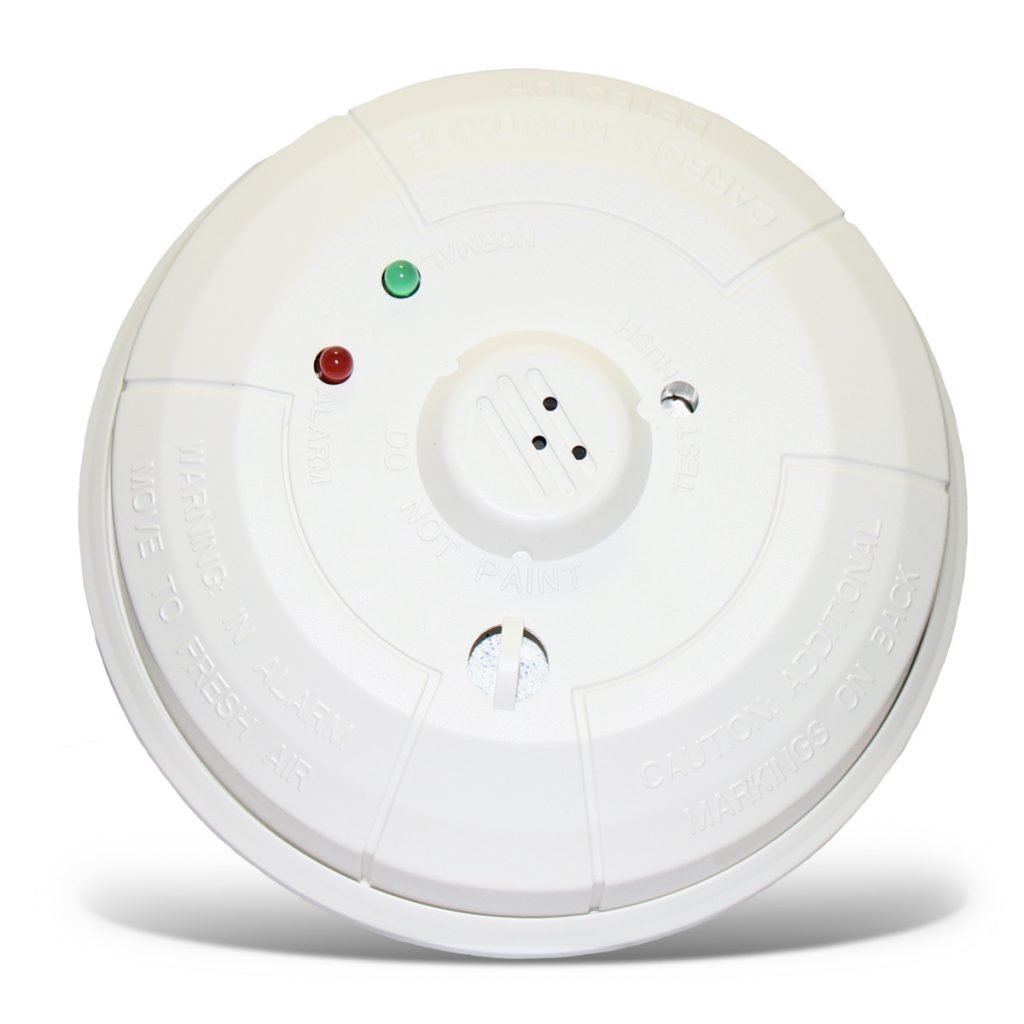
We are installing carbon monoxide monitoring devices. The choice of specific equipment affects the future location.
Our process begins with selecting the installation location. We then determine the placement of the signaling device and proceed with project preparation. After installation, we connect the control and regulation cables to the device. The final step is testing the system to ensure full functionality.
Carbon monoxide can be emitted during a fire, as well as from the following sources:
Carbon monoxide (CO) is a colorless, odorless, and tasteless gas that is highly toxic. It is produced by incomplete combustion due to insufficient oxygen.
Carbon monoxide can be emitted during a fire, as well as from the following sources:
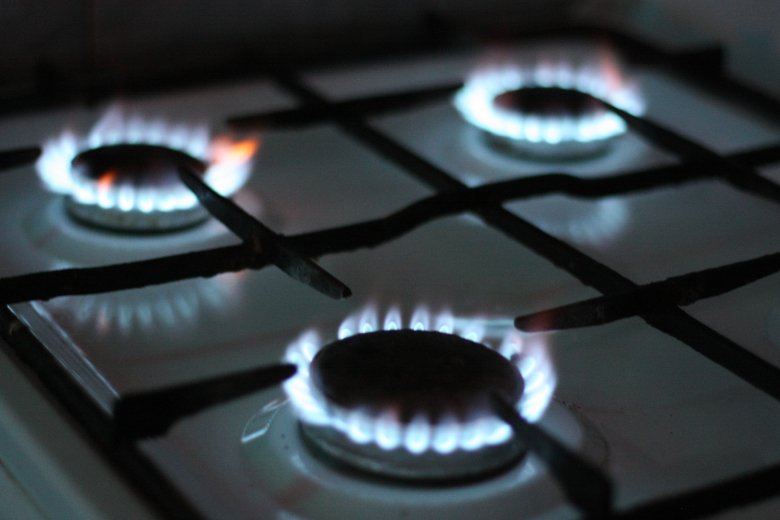
Household gas appliances, including heating and water heating boilers
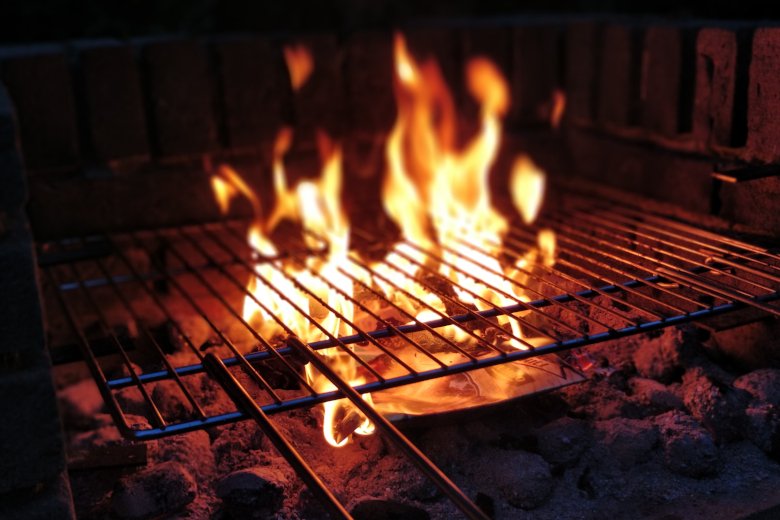
Grills, wood stoves, fireplaces, and other sources of fire
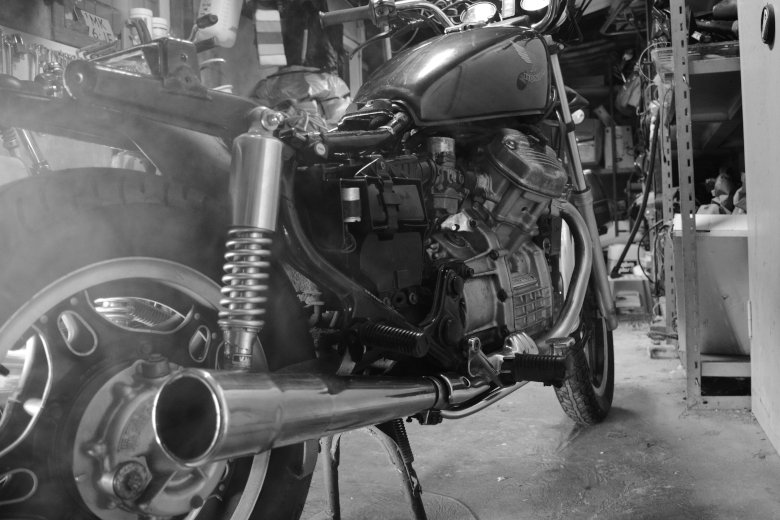
Motor vehicles or fuel generators

External sources, such as carbon monoxide from a busy highway
The risk of carbon monoxide poisoning is significantly higher in poorly ventilated rooms or spaces with blocked chimneys, as well as in areas lacking proper airflow.
Windy weather can cause a backdraft in ventilation systems and chimneys, leading to the accumulation of combustion products inside the room.
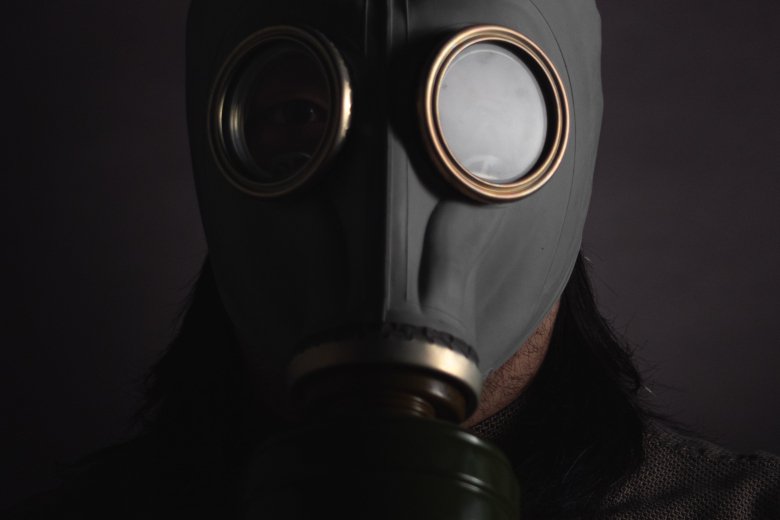
Symptoms of carbon monoxide poisoning
Carbon monoxide is colorless and odorless, making it undetectable by humans. Only specialized sensors can identify dangerous CO levels in the air.
The normal concentration of carbon monoxide in a home is below 0.001% (10 ppm). A concentration above 0.052% (520 ppm) for two hours can cause headache, dizziness, and nausea, while 0.1% (1000 ppm) can lead to loss of consciousness. At 0.15% (1500 ppm), exposure can be fatal.
How carbon monoxide spreads
Carbon monoxide is released during combustion as part of the hot gas mixture and is less dense than air, causing it to rise and accumulate near the ceiling. To ensure timely detection of dangerous CO levels, the sensor should be installed at a higher location.
Dangerous levels of carbon monoxide can only be detected by dedicated CO detectors or combined fire detectors with CO sensors. Smoke and heat detectors do not detect carbon monoxide!
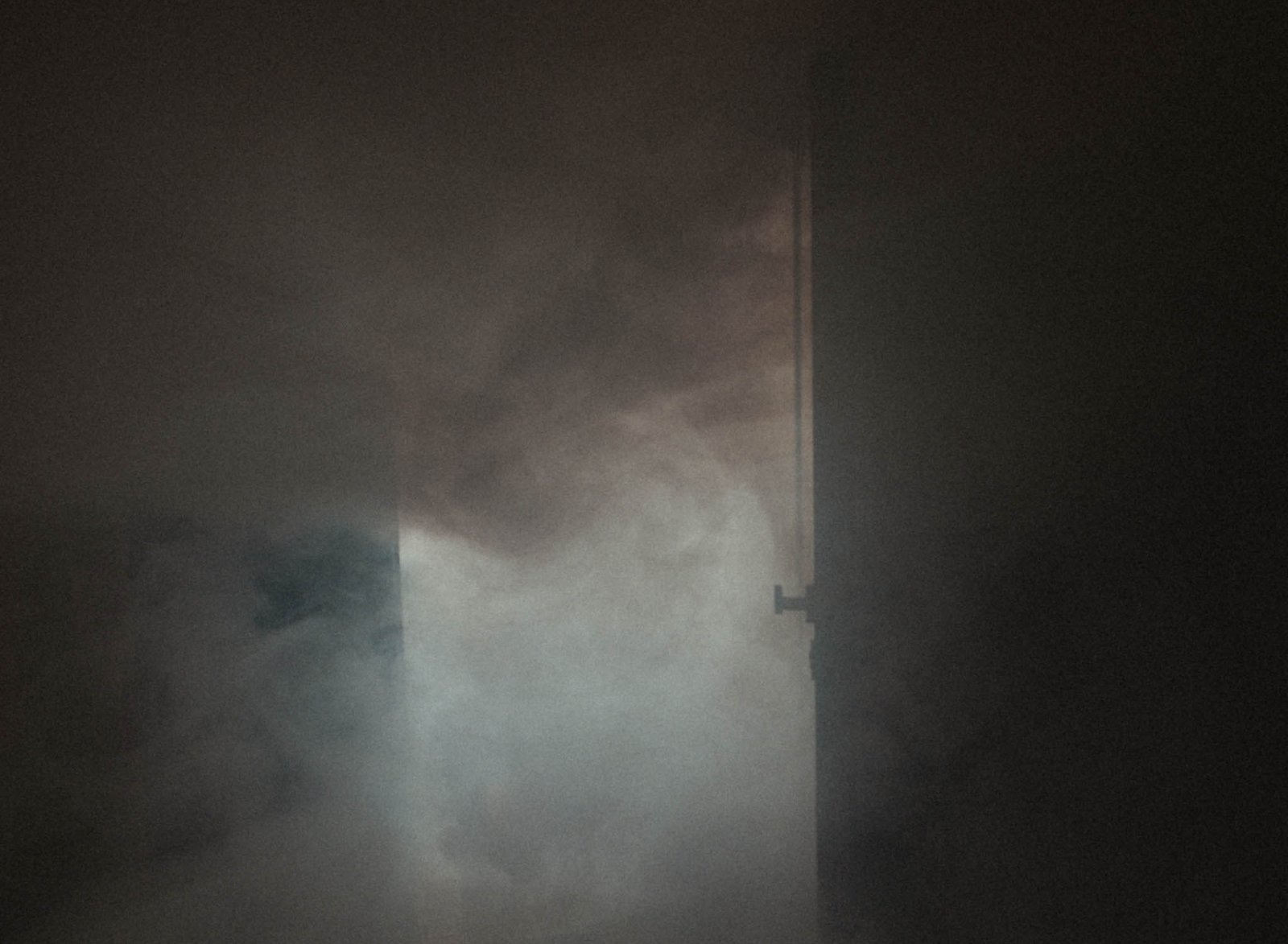
Our Industry Partners






